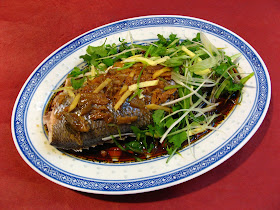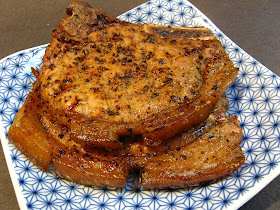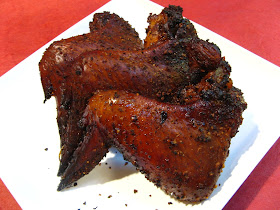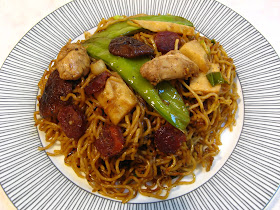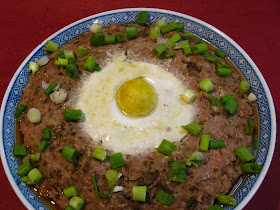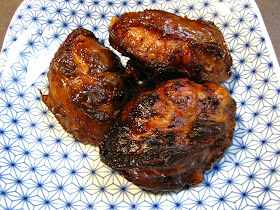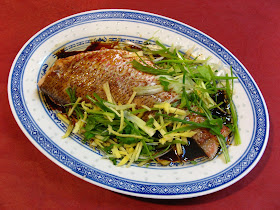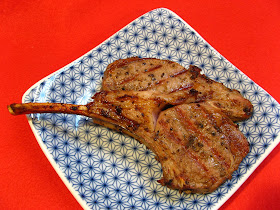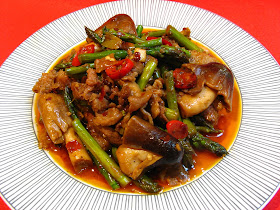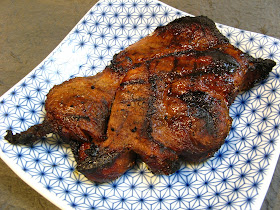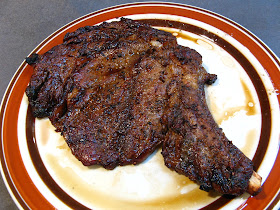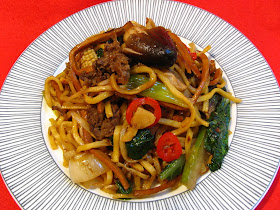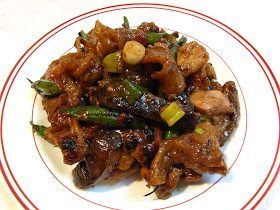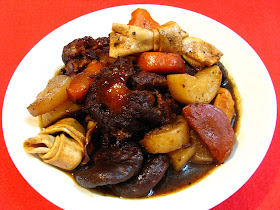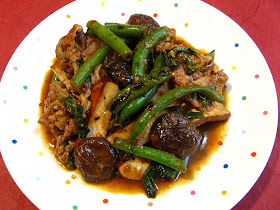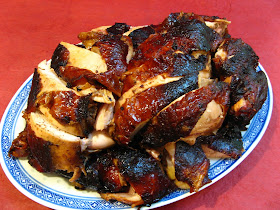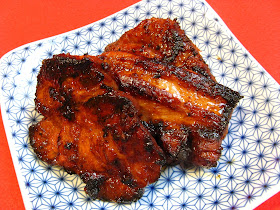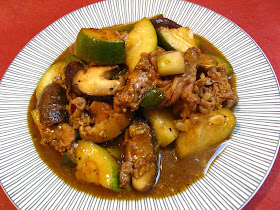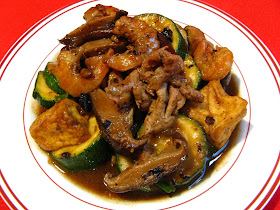This is probably my last post for 2017. I want to wish you
and your family the best for 2018. I hope you’ve enjoyed (and tried) this year’s
recipes. As you might have noticed, there have been very few posts since early November.
I took a long vacation to Asia for most of November and into early December, so
the queue for new recipes is long (and growing larger). I’ve been wanting to start
blogging about my travel, so to that end, I made an initial post about frozen
turkey prices in Singapore. I expect to start adding more posts in the coming year,
so keep an eye out for those posts. The travel blog can be found here: https://ducksoupeasytravel.blogspot.com.
For my last post this year, I decided to post a technique
for making shrimp “crunchy”. This technique is really simple and I would urge
you to try it so that your shrimp have the same texture as that found in
restaurants.
The prawn or shrimp in restaurant dishes always have a
crunchiness to them, while shrimp used at home lack texture. This is true for
both fresh (which in the USA were previously frozen unless you happen to live a
region that truly has fresh shrimp) and frozen shrimp. I’ve been looking for a
way to emulate the texture of shrimp found in restaurants, but the methods that
I’ve found on the internet involve more steps, ingredients, and work that make
the process cumbersome.
I managed to find a way to reliably and simply produce
crunchy shrimp, and it involves the use of baking soda. If you’ve read many of
my recipes, baking soda is used to tenderize meats like to that found in
restaurant dishes. In the case of shrimp, a baking soda solution can be used to
give shrimp the crunchy texture like that found in restaurants.
The technique involves soaking the shrimp overnight in an
iced baking soda solution and then, one hour before cooking, marinating the
shrimp. If the shrimp is frozen, there’s no need to add ice to the solution.
The shrimp may be left in the baking soda solution up to 48 hours, so there’s
no need to use the shrimp all at once in a single dish. The shrimp should be
left in the baking soda solution until one hour before cooking the dish. The
crunchiness will disappear from the shrimp, once the shrimp is removed from the
baking soda solution. Washing away the baking soda solution from the shrimp
under cold water one hour before cooking (and marinating) gives the best
results.
Enjoy!

